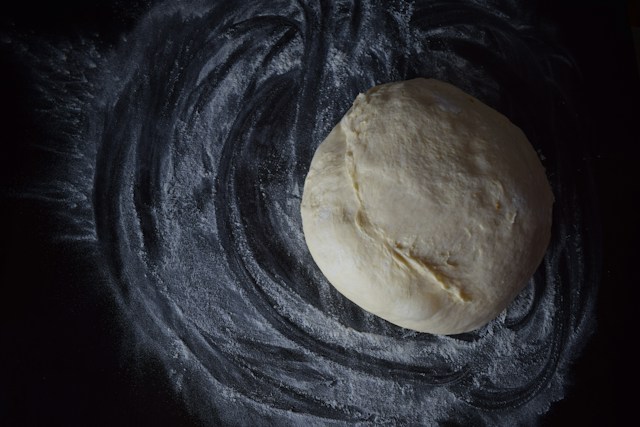Mixers are essential in various food processing applications, from whisking light mixtures for frostings and meringues to beating cake and cookie batters to kneading heavy doughs for pizzas and artisan bread. As a result, mixing and blending equipment must be fast, efficient, sanitary, and eminently capable of handling a variety of recipes and ingredients.
When you start looking at industrial mixers, the options for different types of mixers quickly expand, and selecting the suitable model for your needs can be daunting without guidance.
The type of industrial mixer you use in your commercial kitchen can significantly impact your operations. It can also impact the overall quality of your products.
Capacity
The Industrial mixer for food blending comes in various sizes to accommodate different kitchen needs. For example, a smaller mixer may be enough for small batches of lighter ingredients, while a more giant mixer may be more appropriate for more extensive operations. Choosing a suitable capacity for your business can help you save money by reducing equipment repair and replacement costs.
In addition to the size of the unit, consider the mixing you’re going to do and how thick your products are. For example, cookie dough requires folding, while pancake batter uses shear mixing to break up clumps.
Also, consider whether you need a mixer with a belt or gear drive system. Mixers with a belt drive system allow you to adjust speed settings without shutting down the unit, while gear-driven mixers require you to shut off the machine before changing speeds.
Speed
The speed of an industrial mixer impacts how fast the agitator turns and mixes the ingredients. Higher speeds allow for faster mixing and blending of larger quantities.
Larger industrial mixers require a powerful motor to handle heavy-duty blending sessions for extended periods. They can include additional processes like milling, coating, drying, and agglomeration capabilities.
Unlike batch mixing, continuous mixers provide a non-stop, uninterrupted blending process. They’re used to mix compounds before sending them into high-pressure extruders. These specialized industrial mixers can reduce processing times by up to 50%, which helps increase efficiency and profitability. They can also be customized with additional attachments. This includes heaters and coolers, programmable gauges, and timers. These additional features can streamline production and improve overall quality.
Safety
Mixers can be categorized in different ways, such as their force (gravity, rotation, shear, or pressure) and function (some mixers are meant to blend two substances that do not combine at all, while others are designed for high-shear mixing). A toll processor must carefully select the right equipment and method for food blending.
Large mixers have a bowl lift that allows them to raise the agitator when they are done mixing. This reduces hard lifting and makes it easier to clean. Some industrial mixers are belt-driven and use a basic strap system similar to those on engine belts, while other mixers have an inner system of gears and cogs to minimize slippage and stuttering.
Design
Industrial mixers are versatile pieces of equipment that are used across a wide range of applications. However, food processing often has special considerations that impact equipment selection. These requirements include sanitation, regulatory compliance, and unique operating parameters.
Choosing the right mixer design also helps reduce overall costs. Bulky blenders can be costly because they require extended mixing times, electricity costs, and labor for operator monitoring and cleaning. They can also be a safety hazard.
Mixer OEMs offer sanitary designs that reduce maintenance time and improve operation. For example, hinged access simplifies cleaning by allowing the machine to open in seconds and reduce product loss. They also provide options to switch between agitation styles for differing densities and viscosities. This flexibility can save processors money by allowing them to prepare a larger batch in less time.
Durability
Mixers that are not maintained properly can suffer from decreased productivity and equipment failure. The best way to avoid these issues is by purchasing genuine parts that easily integrate with your mixer for a seamless and efficient operation.
When choosing an industrial mixer, look for equipment that has smooth, welded finishes on all interior surfaces and no bolts or crevices where food particles can get lodged. This ensures that cleaning is easy and the equipment is more sanitary for production staff. Also, choose a partner that can offer equipment specification and lifecycle support to ensure the best results for your processing application. Their expertise will help you find your business’s ideal mixer and specific processing needs.





